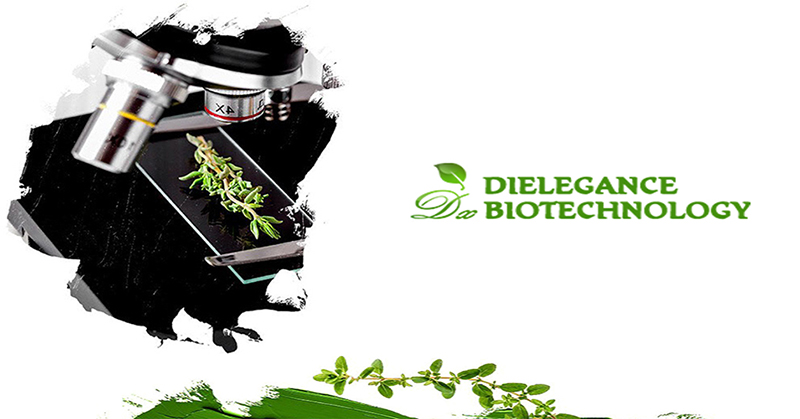By Dielegance Biotechnology | 19 December 2024 | 0 Comments
Ginger - Herb Source for Ginger Extract

Nowadays more and more people are interested in the herb extract products due to its natural efficacy on human health but without significant side effect. Take Ginger Extract for example, people love it because of its active ingredients gingerol.
Brief Information
Ginger
Latin Name: Zingiber officinale
Zingiberaceae – Ginger family
- Ayurveda: Ardraka1
- Pinyin: Jiang1
Botanical Description
Ginger is an herbaceous perennial herb, growing up to approximately 5 feet (1.5 meters) in height.4 Its alternate lance-shaped narrow leaves are sheathed to the stem and grow upwards.4 Flower stems are shorter than leaf stems and have an egg-shaped tip with dense, large yellow-green bracts surrounding the tip.4 The orange-yellow petals of the flower have a purplish tubular inner structure.3,4 The cone flowers are scarce in a spike formation originating from a small thin bract within the larger bract.4,5 Its capsule fruit has tiny arillate seeds.4 The underground part is a horizontal rhizome that branches out resembling the fingers of a hand.4 The thin skin of the rhizome is a tan color with a yellow fibrous interior.4
rhizome
Prominent Constituents Reported in the Scientific Literature:
Volatile oils including zingiberene and pungent compounds including gingerol and shogaol.2,3
Hefei Dielegance Biotechnology Co., Ltd., sharing this knowledge and experience about ginger herb, grasps the chance to cooperate with several universities to manufacture ginger extract for the human use. Our Ginger Extract includes several specifications for you to choose, such as 10%, 15%, 20% Gingerol. If you have any demand, you are welcomed to send us an inquiry or contact us.

Leave a Reply
Your email address will not be published.Required fields are marked. *
POPULAR BLOG
- Beyond the Mug: Creative Culinary Uses of Matcha & Black Tea Powder for a Festive Season
- Fo-ti (Fo Ti) - Herb Source for Fo-ti Extract
- Camu Camu - Herb Source for Camu Camu Extract
- Natural Garlic Oil - Radiocarbon Carbon-14 (14C) Test
- Garlic Oil – HACCP Plan for Hefei Dielegance Biotechnology Co., Ltd.
ARCHIVES